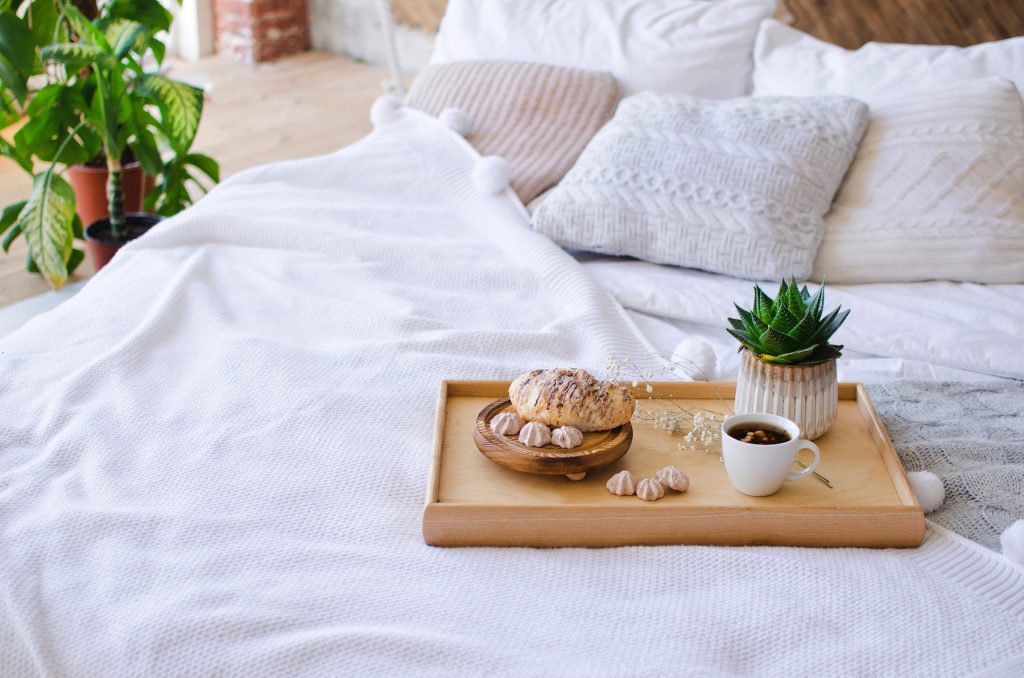When you hear the word “waterbed,” odds are fond memories of your childhood or hippy days resurge in your mind. The nostalgia is almost palpable.
Nowadays, we don’t see them anymore. In fact, most waterbed manufacturers have gone out of business. But how did a $2 billion industry go out of style so quickly within a span of ten years?
The History of the Waterbed
Even though they gained tremendous popularity, modern waterbeds were not a revolutionary product as some may believe.
In truth, waterbeds date back as far as 3600 BCE when Persians would fill goat-skin with warm water.
They made another appearance in the early 1800s when doctors used these beds for patients who suffered from bedsores and poor circulation.
It wasn’t until the late 1960s that they became popular for the average consumer. Charles Hall was an industrial design student doing his master’s degree when he came up with the idea of the waterbed.
He presented a prototype with a vinyl bladder that caught the attention of all other students. It was said that the students in his program ignored all other projects to hang out on Hall’s bed.
Hall began selling his waterbeds in 32 retail locations soon after he finished his degree. By the 1970s, it was increasing in popularity, so other companies imitated Hall’s design and flooded the industry with more beds.
At first, waterbed companies targeted the hippies of the 70s. One popular company called Aquarius ran an ad that said, “two things are better on a waterbed… one of them is sleep.”
By the 1980s, waterbeds became so mainstream, that one in every four mattresses sold was water. Consumers with allergies and back pain loved these beds because they didn’t fill with dust and they offered back support.
The Demise of the Waterbed
Waterbed sales stayed strong until the end of the 1980s. But, as time went on, they became less and less popular.
Although they offered a comfortable sleep, they had their problems.
Many people reported feeling “sea sick” after sleeping on this wobbly bed all night. Companies adjusted the designs of the beds to stabilize the movement of the water, but sickness wasn’t their only issue.
The beds themselves were terribly difficult to fill. You would have to run a hose from your bathroom to your bedroom to fill your bed with literally hundreds of gallons of water. If this doesn’t sound tedious to you, then maybe hauling up a ridiculously heavy bedframe to your bedroom might.
The bed frames that accompanied these beds were super heavy because they had to account for the weight of the water. Moving a bed full of water alone is difficult, not to mention a heavy frame as well.
Another issue with these beds is that they were hard to drain. They had special pumps that would help them drain out, but even so, it wasn’t easy.
Because the beds had so many issues, they began to fade out in the 1990s until they basically became obsolete. It’s rare to find a business that will actually sell these kinds of beds nowadays, but it’s still possible to buy one. That is if you actually want to buy one.

